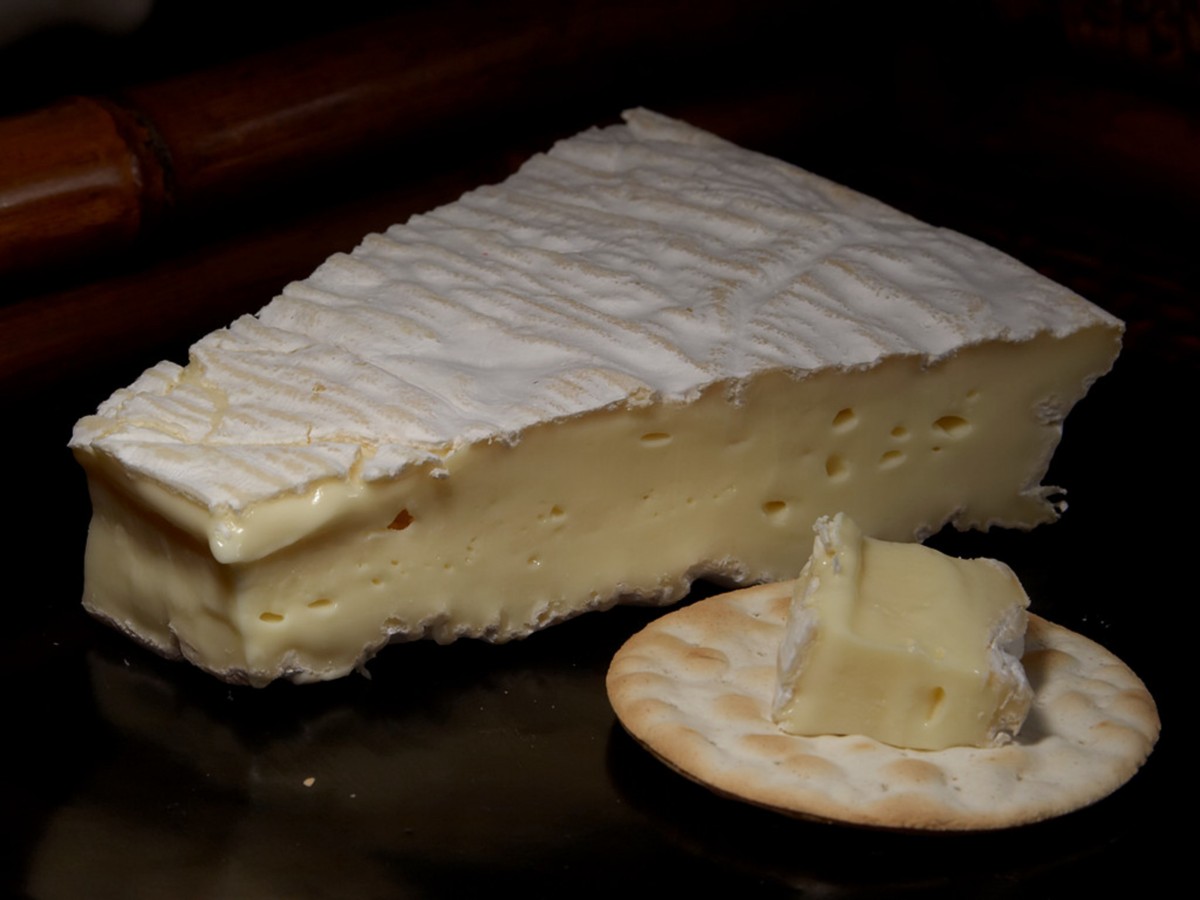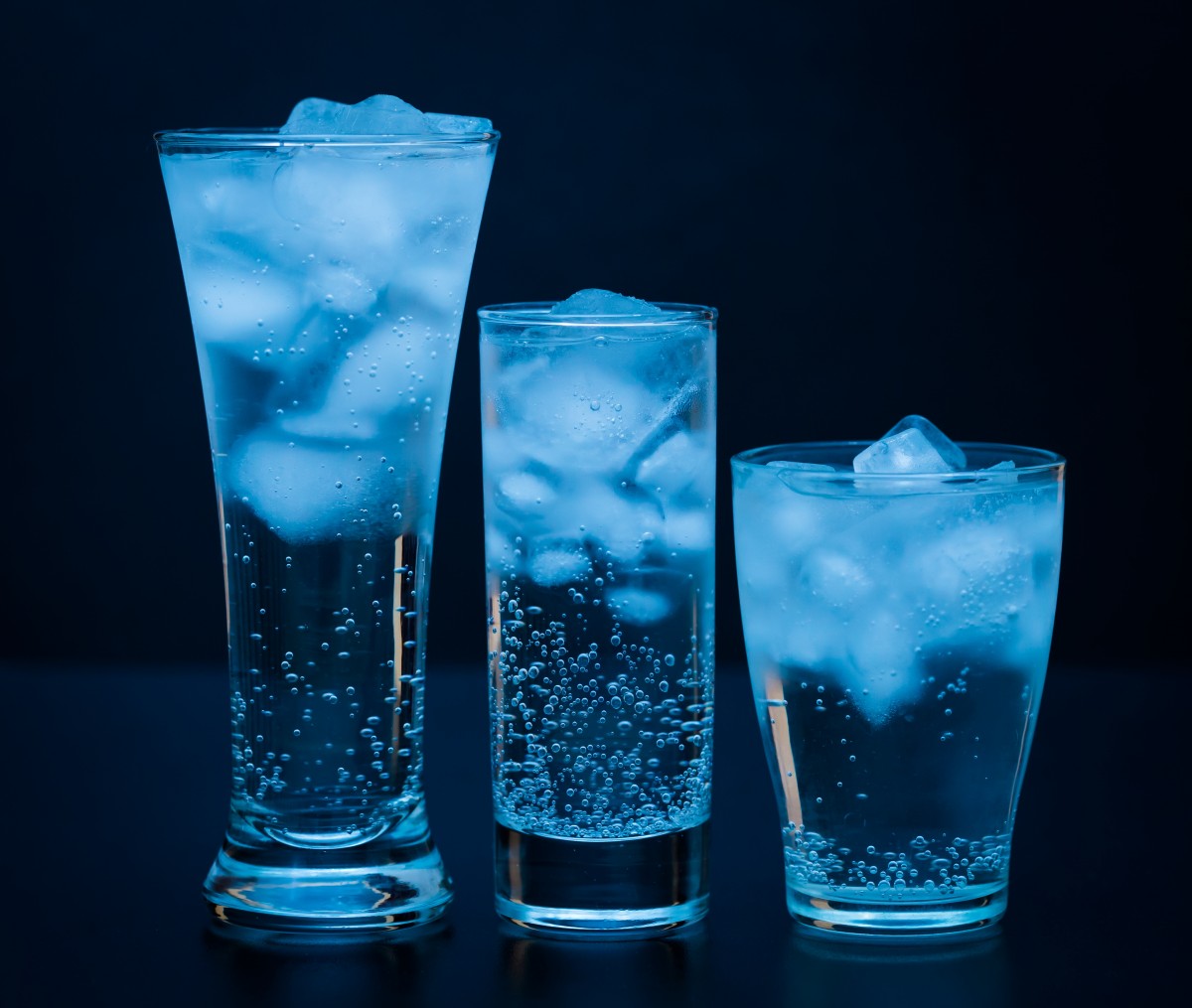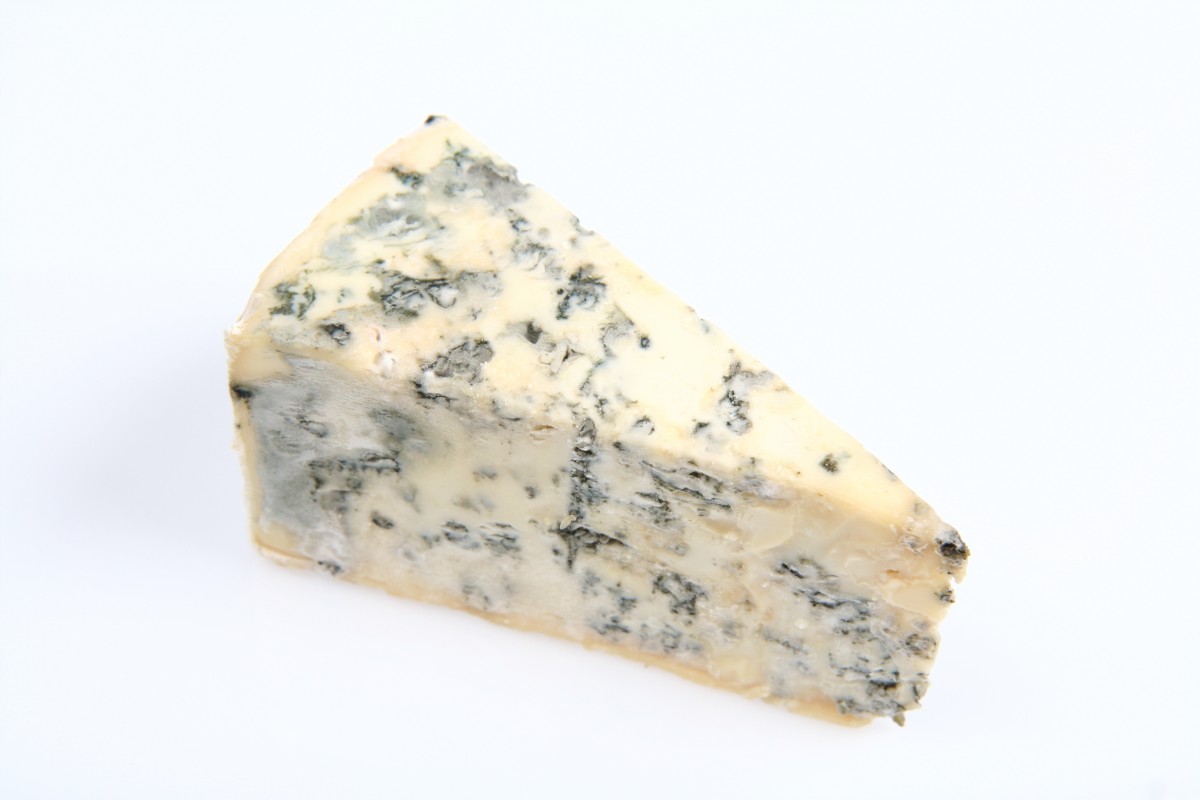
We at DFC love our cheeses – especially the more flavourful varieties, like blue cheeses, and bries. But, as a new analysis from Vox outlines, we might not have much more time to enjoy them – at least in the way we’re accustomed.
Turns out, about 100 years ago, the cheese-making industry accidentally created worldwide uniformity in camemberts, bries, and certain blues by standardizing the use of Penicillium camemberti. This sub-strain of the fungus Penicillium biforme produces particularly delicious – and attractively fluffy and white – mould. This albino mould was so popular that other, genetically diverse, strains of cheese mould have died out. Now, p. camemberti is under threat specifically because of this lack of biodiversity.
“For reasons that are not totally clear, the albino strain can’t reproduce sexually, like most molds can — meaning, it can’t ‘breed’ with another individual to create new genetic diversity. So to create more of this fungi, cheesemakers have to clone it, not unlike how you propagate a plant using a cutting. Yet decades of replicating the same individual can introduce harmful errors into its genome, [evolutionary biologist Jeanne] Ropars said.
That’s what’s happened with P. camemberti. In recent decades, the albino fungus picked up mutations that interfere with its ability to produce spores, and that makes it much harder to clone. Put simply: It’s now difficult for cheesemakers to grow the key fungus used to make brie and Camembert.”
If P. Camemberti goes the way of the Gros Michel banana, there are other options, like populating camembert and brie with similar, “wild”-er strains. But that would change the taste and look of the pristine white, smooth cheeses we’re used to. A small price to pay for nature’s correction of humanity’s overreach? It looks like we’ll have to see: The mould is in charge here, and taking our taste buds along for the ride!

As I write this, I’m sipping on a soda water – a luxury our friends Down Under don’t have right now. Due to a perfect storm of climate change, political unrest, and literal accidents, Australia and New Zealand are experiencing a carbon dioxide shortage. This translates to a noticeable dearth of pop cans on supermarket shelves; or, as they would call them “fizzy drinks.” Photos of empty racks are circulating in the news and on social media: Think early COVID, where instead of toilet paper and baker’s yeast, it’s flats of Diet Coke.
“At the recent Gasworld European CO2 Summit 2024 in Austria, Content Director Rob Cockerill reflected on the new dynamics sweeping the international CO2 market. ‘Does that mean another CO2 crisis is coming? It’s potentially going to happen.’ […]
‘For the supply chain, the challenges are competition for sources. You’ve got a lot of traditional sources supplying emerging markets, that are moving out of Western Europe and North America to lower-cost energy environments, and then there is carbon capture and sequestration which is also competing for those sources.’
Alongside traditional demand driven by the food and beverage industry are some interesting emerging applications, such as e-fuels, sustainable aviation fuels (SAF) and green concrete, which Carson said has the potential to be ‘gigantic.’”
Major CO2 supplier BOC has chimed in, telling Australia’s ABC News that it’s working to re-establish the supply chain, but prioritizing delivery for medical, water treatment, and safety first. Here’s hoping this isn’t the first sign of complete social collapse, and our antipodean amigos will soon have their fizzy drink supply restored – in time for (their) winter!

Here is some fun news that will brighten up the winter days: Researchers at the University of Nottingham have developed a method of making different colours of blue cheese. And no, they don’t just dye them! The colour difference is in the mould – the deliciously funky Penicillium roqueforti – that gives cheeses like Stilton, Cabrales, and its namesake, Roquefort, their distinctive flavour and blue-green veins. Now, cheese with white, red/brown, and bright green pigmentedspores could be seen on our tables in future. This is thanks to some careful selective breeding on the part of the research team.
“The researchers found that a biochemical pathway gradually forms the blue pigments, starting at a white color, which progressively becomes yellow-green, red-brown-pink, dark brown, light blue, and finally dark blue-green. The team were then able to use some classic food-safe (non-GM) techniques to ‘block’ the pathway at certain points, and so create strains with new colors that can be used in cheese production. […]
Reported team lead Dr. Paul Dyer, Professor of Fungal Biology:
“‘The interesting part was that once we went on to make some cheese, we then did some taste trials with volunteers from across the wider University, and we found that when people were trying the lighter-colored strains they thought they tasted more mild. Whereas they thought the darker strain had a more intense flavor. Similarly, with the more reddish brown and a light green one, people thought they had a fruity tangy element to them – whereas according to the lab instruments they were very similar in flavor. This shows that people do perceive taste not only from what they taste but also by what they see.’”
The team is now embarking on a production trial with local cheesemakers in Nottinghamshire and in Scotland. They hope that these flashy new colours will convert a few of the folks out there who aren’t fans of traditional blue cheese. I’m already on board – and mentally planning an amazing technicolour cheese plate for as soon as these hit the market!
I’ve been through my fair share of regional airports in my lifetime, but they all blur together in my mind into one mass of delays, bad coffee, and low-key existential dread. Perhaps a glass of wine would change all that – classing up the place as well as making it more memorable… That’s part of the rationale behind a wholesale transformation of Florence’s Amerigo Vespucci Airport, which, thanks to American firm Rafael Viñoly Architects, will soon boast a green roof that will also serve as a functioning vineyard!
The announced plan is actually a full reimagining of the airport. They intend the 19-acre, 38-row vineyard to cover a central plaza modelled on the traditional streetscape of Tuscany, the Italian region of which Florence is the capital.
“The sloping green roof entirely dedicated to vineyards will be by design intentions an ‘ode to the Tuscan winemaking tradition,’ designed to be functional and productive. In fact, according to the designers, ‘the vineyards will be cultivated by a leading winemaker in the region and the wine will be produced and aged in specialized cellars under the roof of the terminal.’
Structurally, complex engineering and careful consideration of factors such as weight distribution, drainage, and wind load will be essential to support the vineyard. In addition, the microclimate of a rooftop is very different from that of a traditional vineyard, with problems of heat, wind, and proximity to aircraft.”
That “proximity to aircraft” part has some critics concerned, as the information the architects have made available doesn’t address the significant pollution that planes generate, and how it could affect or even enter the grapes. One imagines a thorough environmental assessment is in the offing – it would be great for them to make the results public when and if they come in. If, and only if, I’m guaranteed a clean wine, then this could definitely be a refreshing stop on my next Italian vacation!